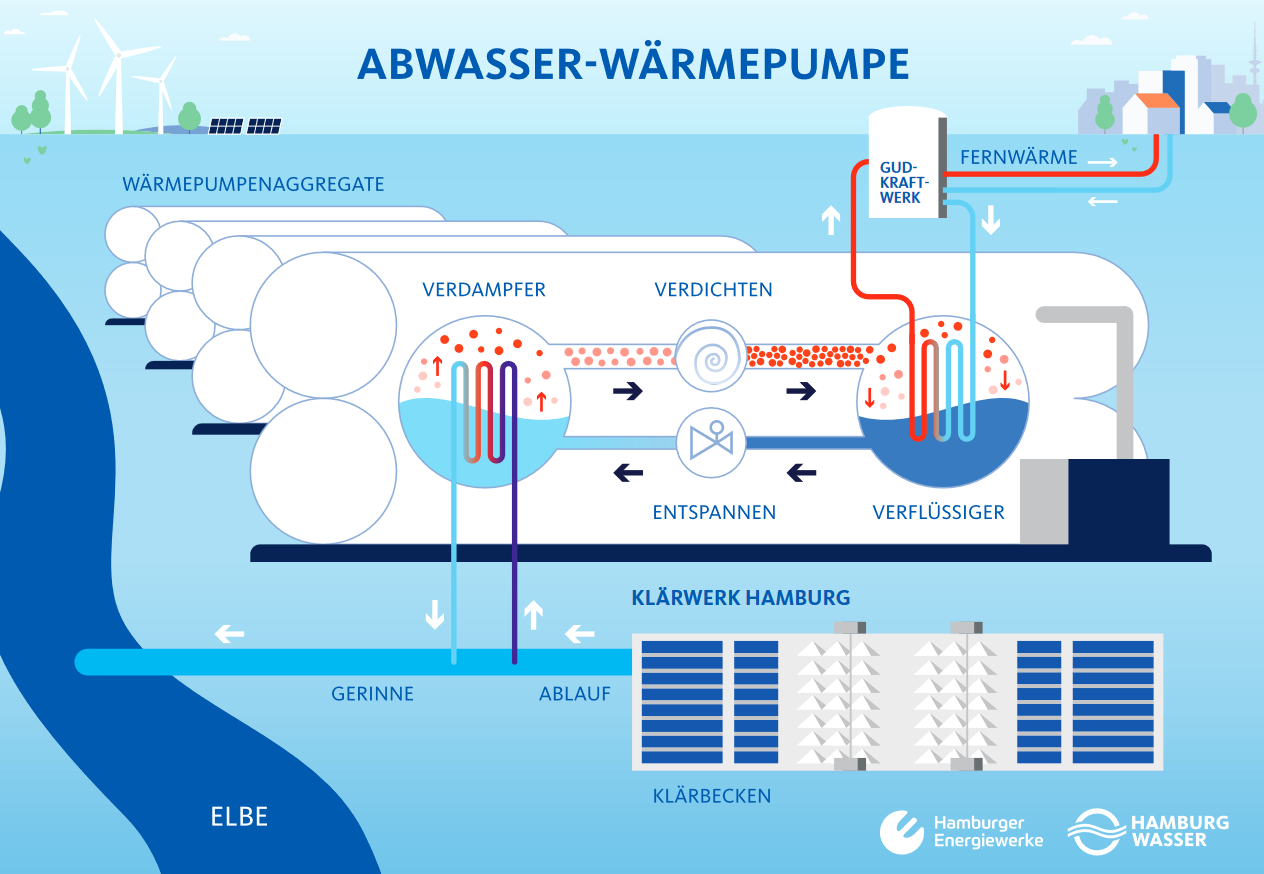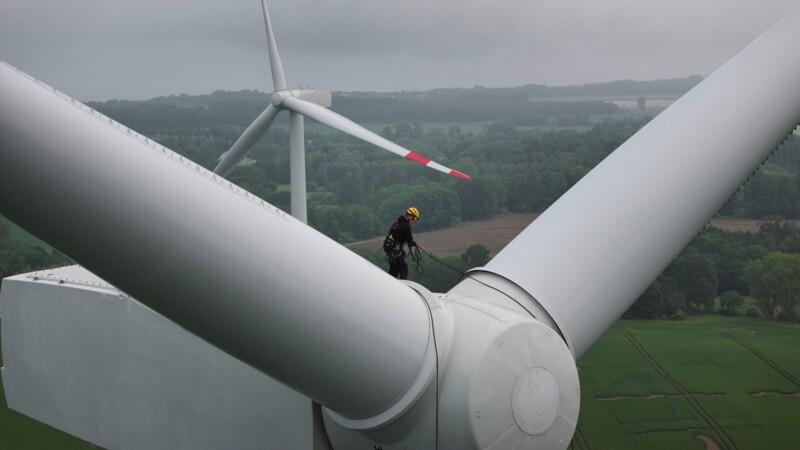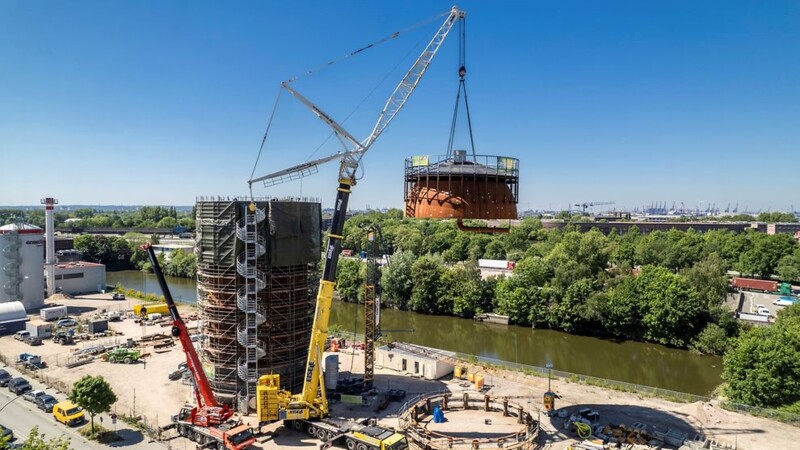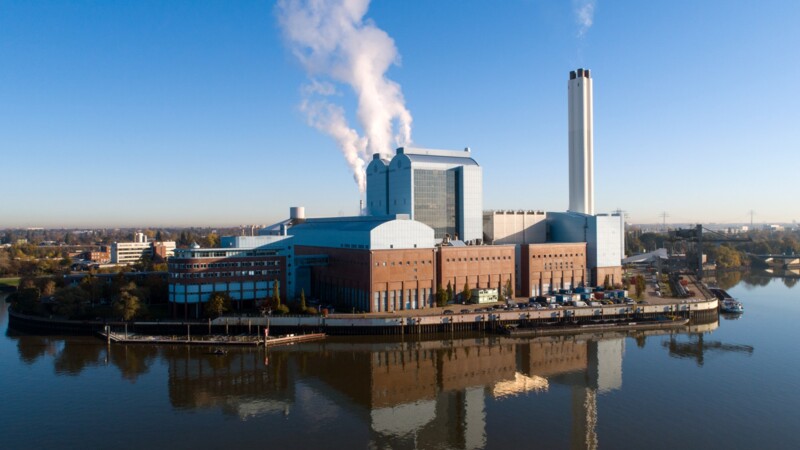The wastewater heat pump is a milestone for the heat transition. The treated wastewater has an average temperature of 12°C all year round, which is significantly warmer than the air temperature in winter. The heat will use this energy to heat water to 95°C in future. "That will turn a previously unused source into renewable heat for many people," said Michael Beckereit, Technical Managing Director of Hamburg Wasser. Every second, a volume of wastewater equivalent to 16 bathtubs flows through the system. This hot water is then stored in the energy park's heat storage facility in the port, alongside climate-friendly heat from other local sources. This is later fed into the urban district heating network.
Hamburger Energiewerke is investing over €60 million in a 60-megawatt heat pump currently under construction at the Dradenau sewage treatment plant, a press release said Monday (July 7, 2025). On completion in 2026, the plant's owner, Hamburg Wasser, and Hamburger Energiewerke will generate climate-friendly district heating from treated wastewater for to up to 39,000 households in Hamburg.
Renewable heat from unused energy sources

Savings of 90,000 tonnes of CO2
Using the wastewater could save up to 90,000 tonnes of CO2. The utilities companies' project is an important step towards achieving Hamburg's climate targets. "Our goal remains to make Hamburg's companies climate-neutral by 2040. This will enable us to achieve full climate neutrality in Hamburg before the legally stipulated year of 2045," said Fegebank.
ja/mm/sb/pb
Sources and further information
More
Similar articles

Path to successful energy transition

Hamburg expanding district heating capacity

Top year for Hamburger Energiewerke in 2023
